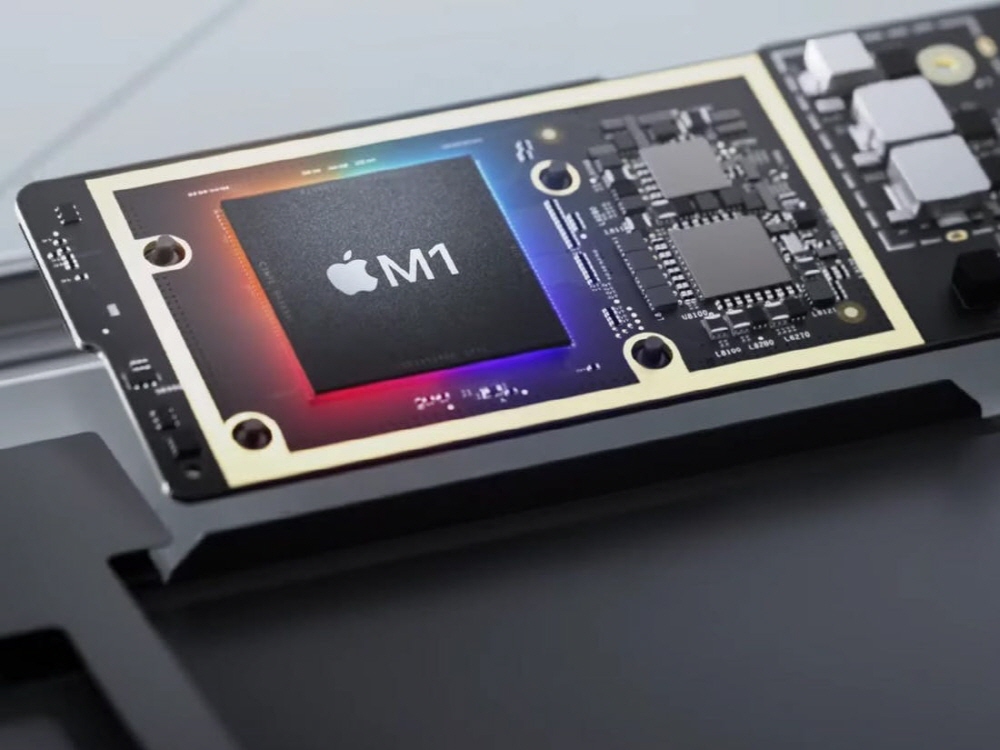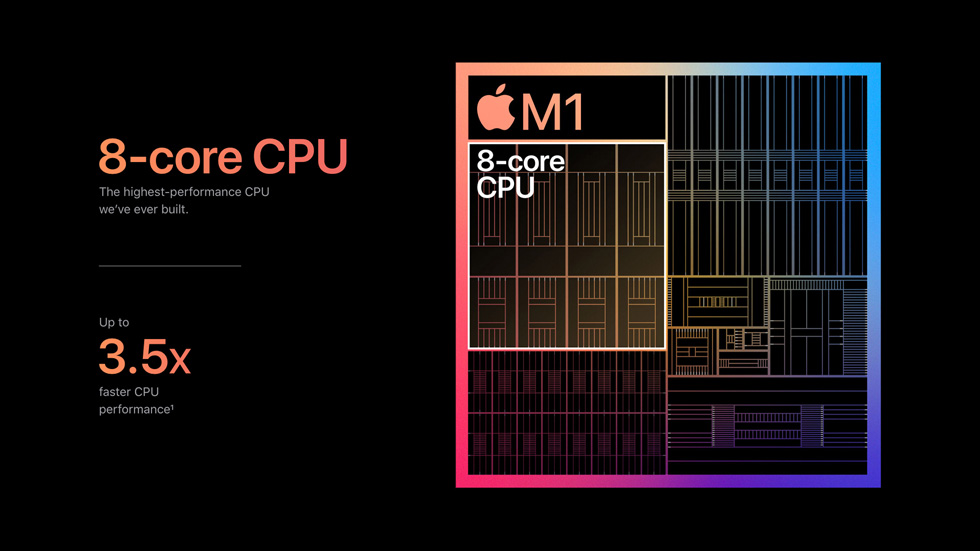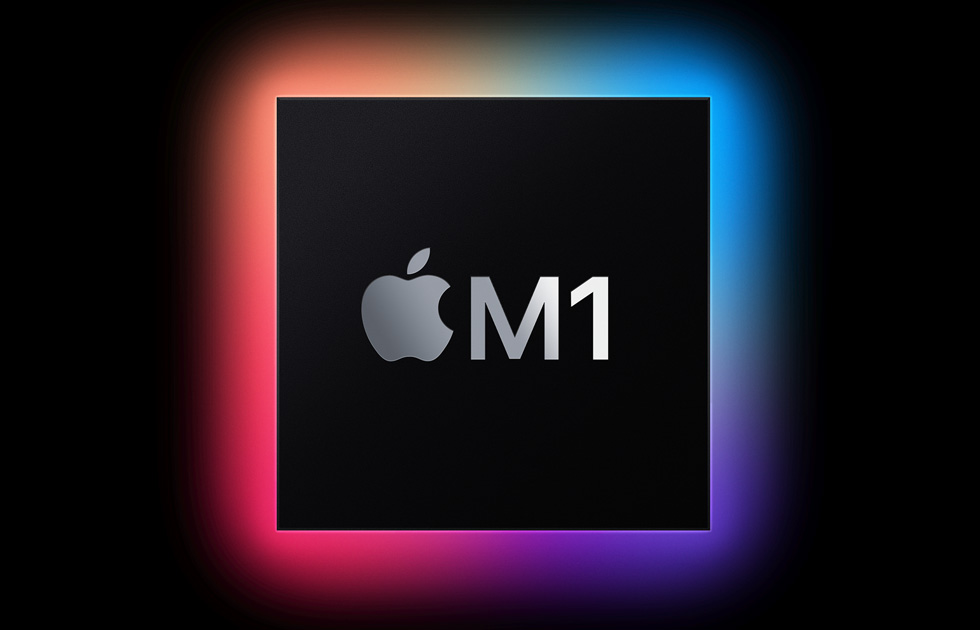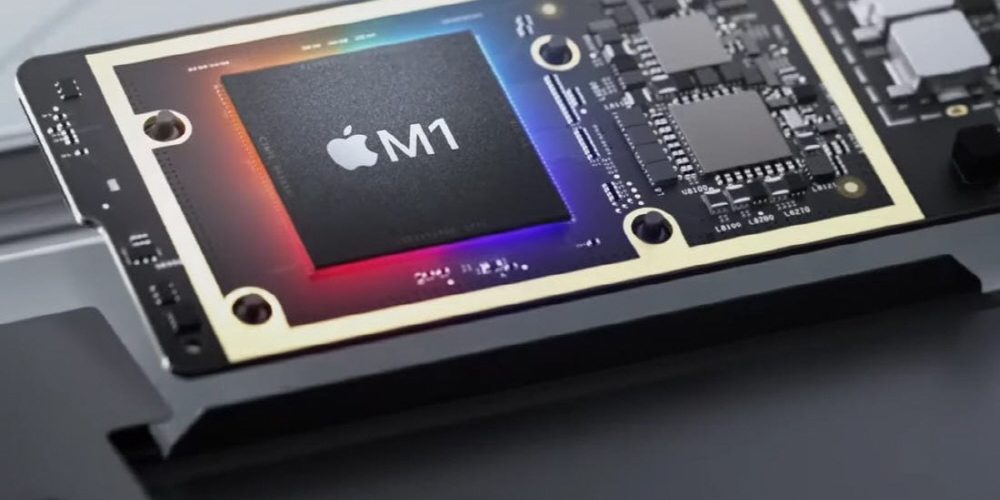
On November 11 (local time), Apple introduced the first self-developed chip for Mac, the M1. Although the M1 chip that has garnered attention for its performance, the M1 chip is evaluated as Steve Jobs’ last gamble. The M1 chip is important to Apple and could be a turning point for Apple.
In its announcement, Apple revealed that it achieved twice the battery life, up to 3.5x CPU performance, up to 6x GPU performance, and up to 15x machine learning speed for the M1 chip compared to the previous-generation Mac. If you look at Apple’s claims, you may be wondering whether it is an exaggeration in terms of performance.
The M1 chip is SoC. It combines various technologies such as CPU, GPU, memory, and machine learning into one integrated circuit on one chip. These M1 chips, he says, are realizing the vision of former Apple CEO Steve Jobs. Apple, founded by Jobs, launched the first Macintosh 23 years before the first iPhone in 1984. But when personal computers were in their heyday, the combination of Microsoft and Intel was mainstream, and the Mac couldn’t dominate this market. Because Microsoft and Intel depended on it, Apple was forced to install IBM and Motorola chips, which were poorly performing numerically. Since then, Apple adopted the Intel chip and expanded its market share further.

Jobs developed the iPhone with the idea that Apple must create and control everything to stay competitive with his experience. For the iPhone, Apple has developed all of the widgets Jobs refers to, including software, hardware, user experience, and chips. Since the Apple A1 chip was installed on the iPhone 4 and the first iPad, the chip has evolved to be more powerful and capable of many tasks. It is known that the A1 chip has been able to increase performance without increasing power because Apple can control the entire widget and adjust the hardware and software chip balance.
Meanwhile, Apple hasn’t been able to control the entire widget, which was Jobs’ idea for a long time on the Mac. With the advent of the M1 chip, it made sense that for the first time in nine years after Jobs’ death in 2011, Apple had a full realization of controlling the entire widget.
The M1 chip is more powerful than the iPhone and iPad chips, but the structure is almost identical. In other words, on one chip, various components and DRAMs that require access to the CPU, GPU, and image processor neural engine are mounted, enabling the entire chip to directly access and interact with data across multiple components.

This structure can improve performance by reducing battery consumption. With the advent of the M1 chip with this structure, some analysts predict that Apple will take a new leap forward. It is also said that it is Qualcomm, which has a reputation for SoC series instead of AMD or Intel as a competitor of Apple. Craig Federighi, senior vice president of software engineering at Apple, points out that the specifications commonly used in the industry do not accurately represent the actual level of work. Johny Srouji, senior vice president of hardware technology at Apple, says it’s not about gigahertz or megahertz that matters, but what customers get from it.
For example, the M1 chip builds a high-end integrated graphics engine and combines it with a higher-performance UMA to get more than a system with a separate GPU. Modern computer graphics are achieved by a lot of data movement, and a computer equipped with a GPU is deprived of such data movement. Vice President Ferrarigi said it would be difficult to mount transistors on a piece of silicon anymore, and is showing his intention to push the hardware limitations with Apple’s method of controlling the entire widget.
Taking over the idea of controlling all of Jobs’ widgets, Apple continues to develop hardware and software, looking into the future three years later. Srouji said Apple is developing custom silicon that perfectly fits the product and how it’s used. It takes three to four years to design the chip, but with Craig, we define and work with vice president of what to deliver. Emphasize that you cannot do it. Related information can be found here .


















Add comment